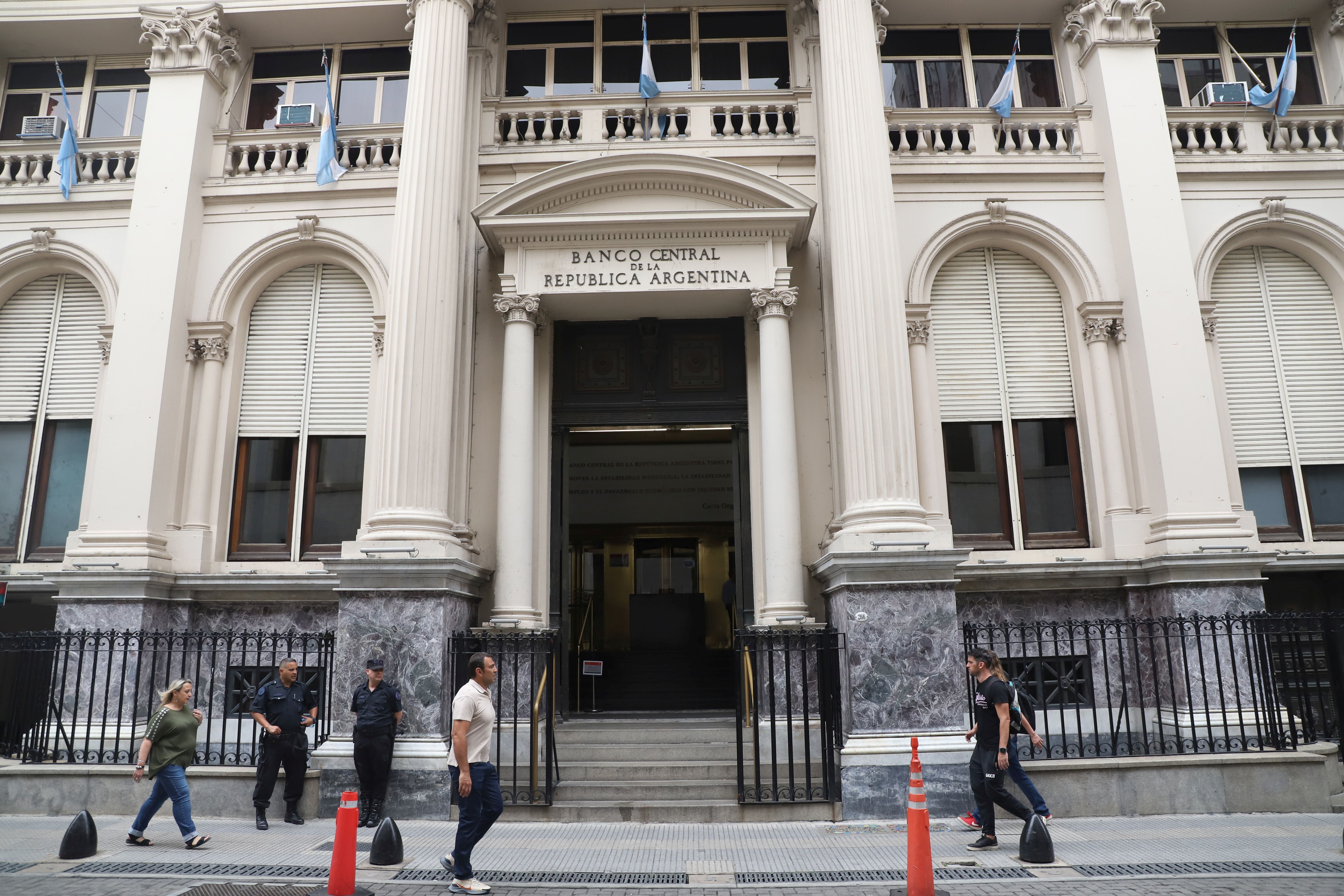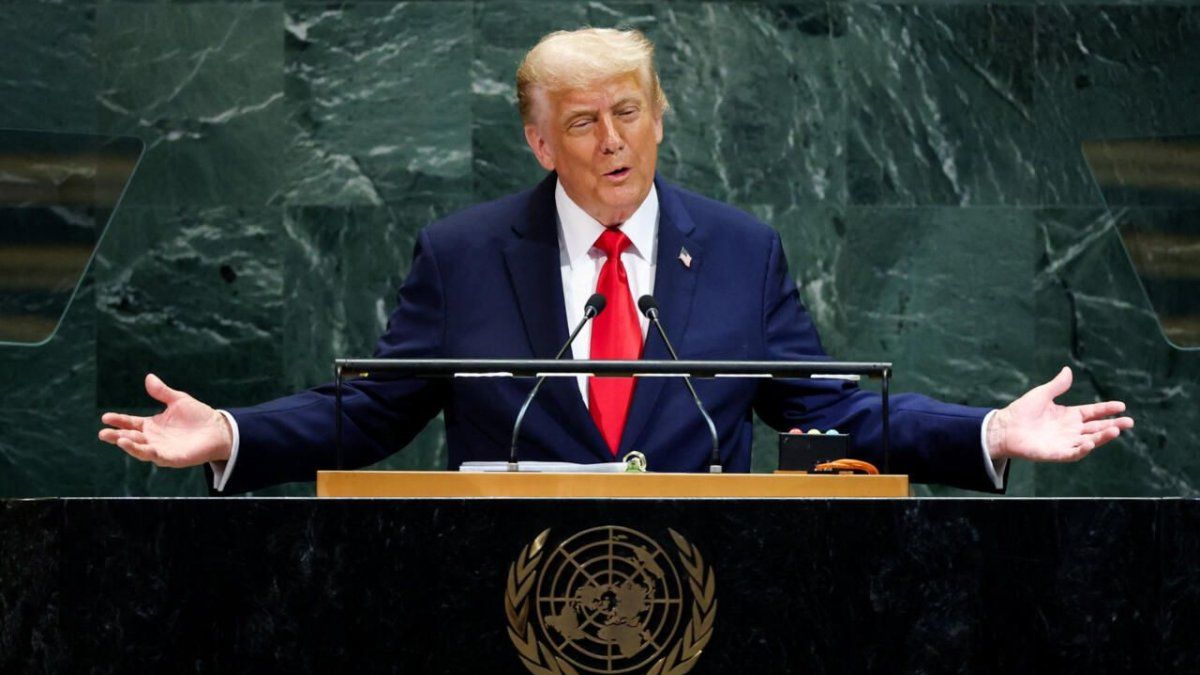When the exchange rate turbulence began and the future dollar overheated, the expected data was how sold the BCRA was. For now, it maintains its capacity for intervention almost intact.
The exchange market overheated and eyes returned to rest on the dollar futures market, especially monitoring the steps to be followed by the Central Bank (BCRA). About, Last Friday, the monetary entity commanded by Miguel Pesce published its sold position in dollar futures at the end of March, under the format of the IMF Special Data Disclosure Standards (NEDD), which confirmed a total of US$224 millions. It is worth noting that the information from the BCRA also shows that there are another US$221 million in other instruments (not forwards, futures or options). This confirms that the BCRA’s ability to intervene in the futures market started April unscathed.
The content you want to access is exclusive to subscribers.
This is not a minor fact, since in the face of a deteriorated, not to say critical, position of net reserves of the BCRA that allows it to intervene in the spot or cash market, having its full capacity available to operate in the futures market is important to influence devaluation expectations. It should be remembered that the market has been without short or short positions (sold) for two months (sold) by the BCRA, which is key in the current context in which futures are in high demand.


In this sense, it suffices to mention that in addition to the fluctuations typical of unstable exchange rates like the current one, although there were some drops, there are still contracts with implicit rates of 200% effective per year. Of course, this ability to intervene in the futures market, beyond using it in times of currency distress, the BCRA preserves all its ammunition for critical times such as pre-elections. So it is foreseeable that the BCRA will be seen to play strong, with thick ammunition, in the futures market in the run-up to and post-election, which is still a long way off given that for the PASSED There are still four months left, six months for the first round and seven for a potential second round.
However, since the oven is not ready for buns, the temperature of the prices of the informal exchange rates (blue, CCL, MEP) may impose a certain role on the part of the BCRA to calm things down. Because It is discounted that everything will escalate even more days after the STEP and once that electoral test has been passed. It should not be ignored that the first key date in the electoral schedule is next June 24 when the alliances and lists to compete in the Primaries are closed. There it will be known for sure who plays the presidential party.
Meanwhile, both Economy and the BCRA they must try to clear the path towards December 10th. The BCRA has, between the market rofex and the MAE, a capacity to intervene in dollar futures of approximately US$8,000 million, as agreed with the IMF. Therefore, it is practically full. It should not be overlooked either that this ability to sell currencies in the future does not imply the physical delivery of them. But these contracts entail the compensation of positions. In other words, if an investor bought a contract at the end of August at $335, if the official exchange rate is above that value, then the seller, assuming it is the BCRA, must pay the difference in pesos. If it were the other way around, that is, the official dollar closes the month below $335, in that case the investor loses and does not execute the contract. Therefore, all the BCRA intervention in the futures market implies a potential issue of pesos to cover the sold positions if that were the case.
The BCRA started 2023 with a sold position of almost US$587 million, when a year ago it did so with contracts sold for US$4,185 million. What happened last year? When the succession crisis broke out at the Palacio de Hacienda after the surprise escape of Martín Guzmán, then the arrival of Silvina Batakis, and the subsequent arrival of Sergio Massa at the end of July, the BCRA had a position sold in the equity market. dollar futures of more than US$7,070 million when at the end of the previous month it was almost US$4,358 million (it almost doubled). From then on, the new economic team cut said sold position throughout the semester: at the end of August it lowered it to $4.110 million, then in September to $3.151 million, and in October to $1.339 million. and at the end of November it reached US$705 million.
Source: Ambito




